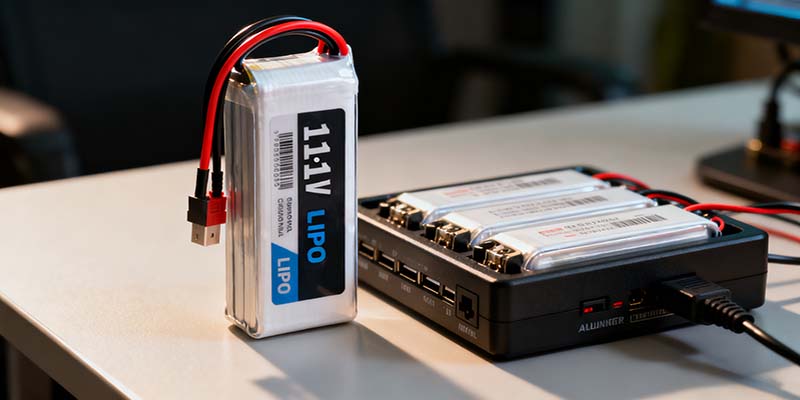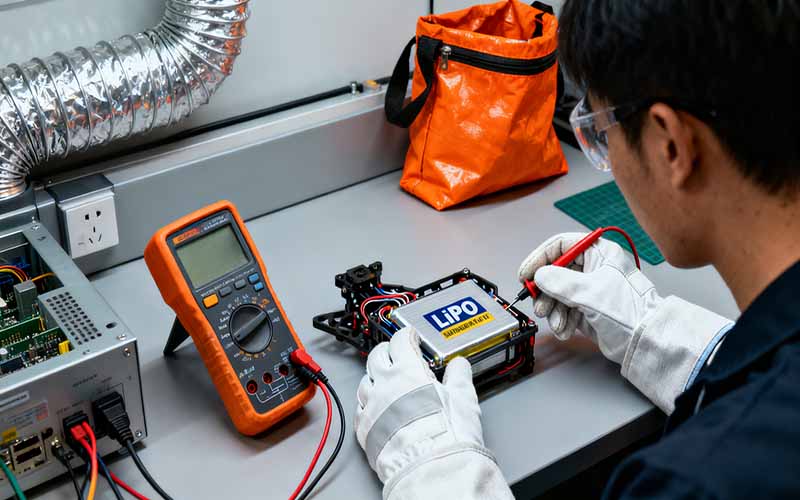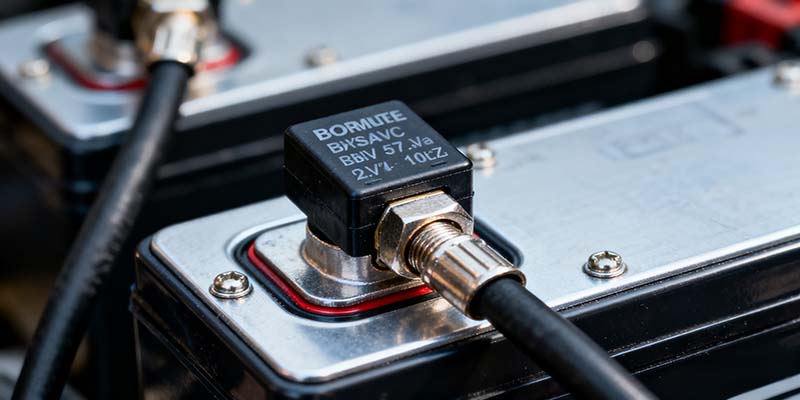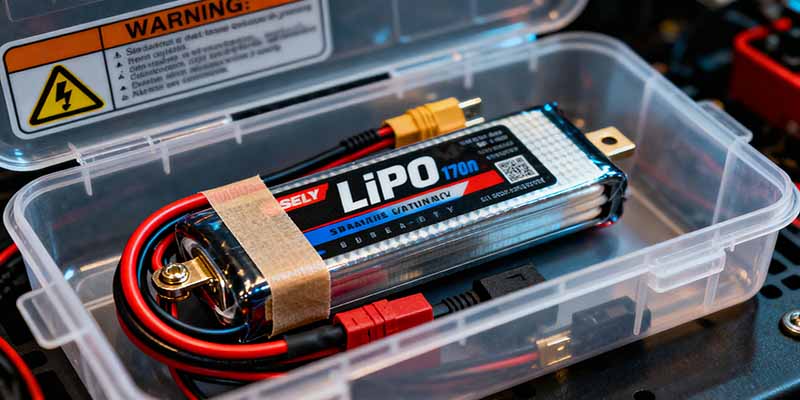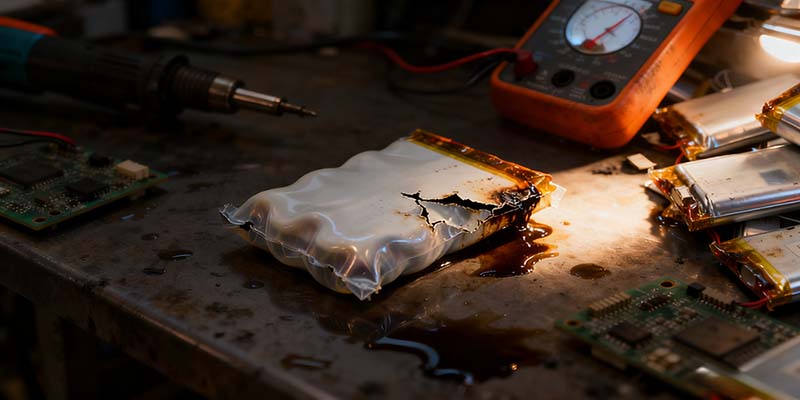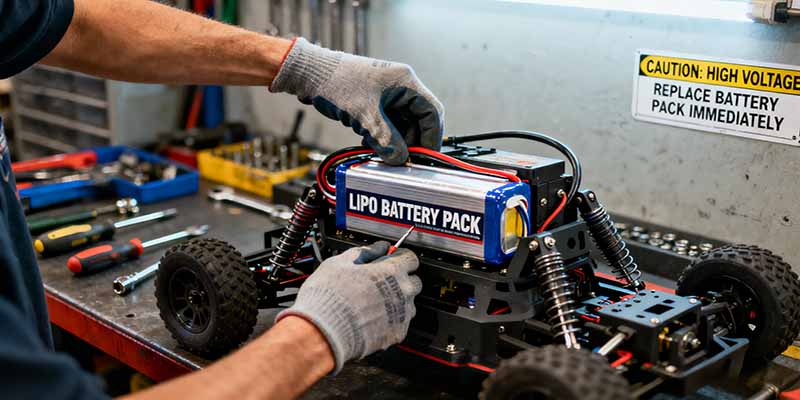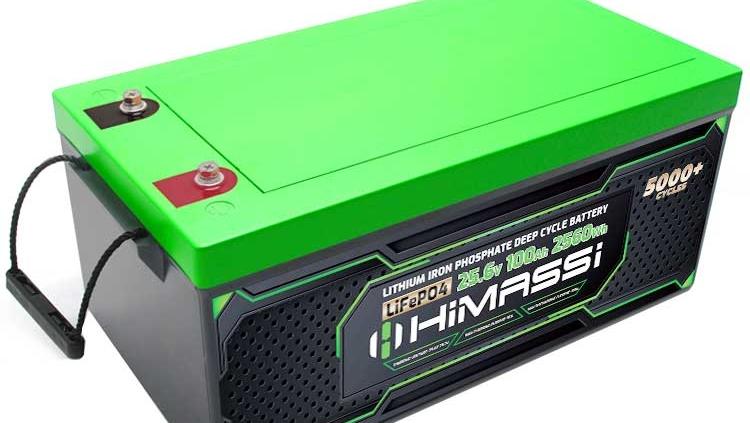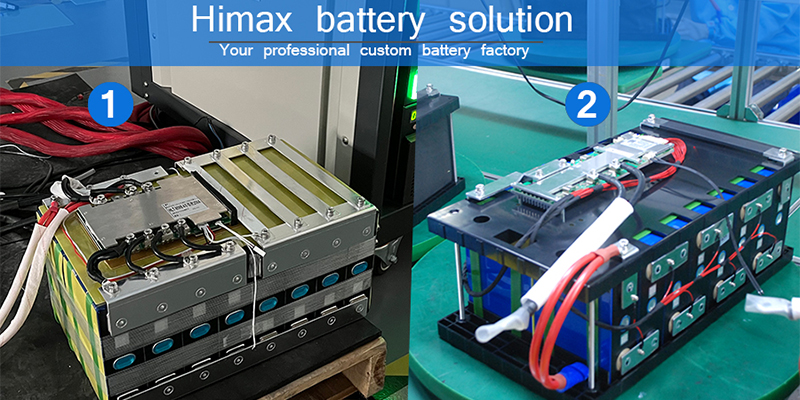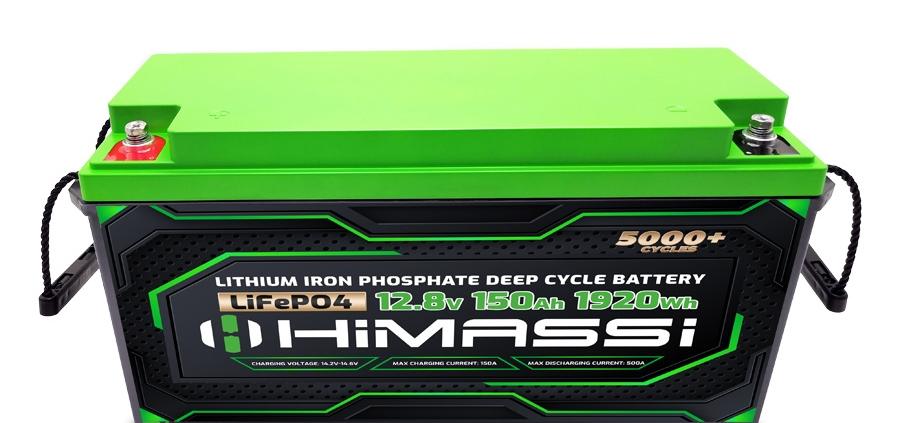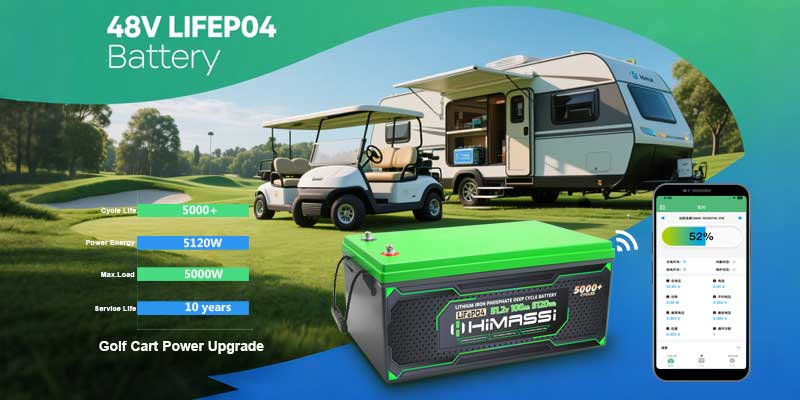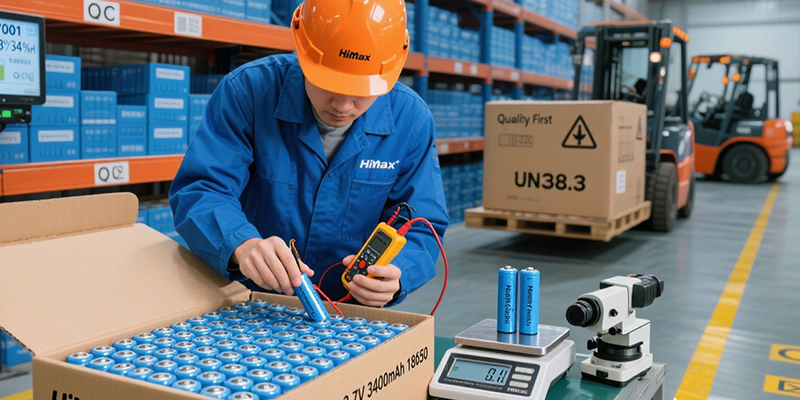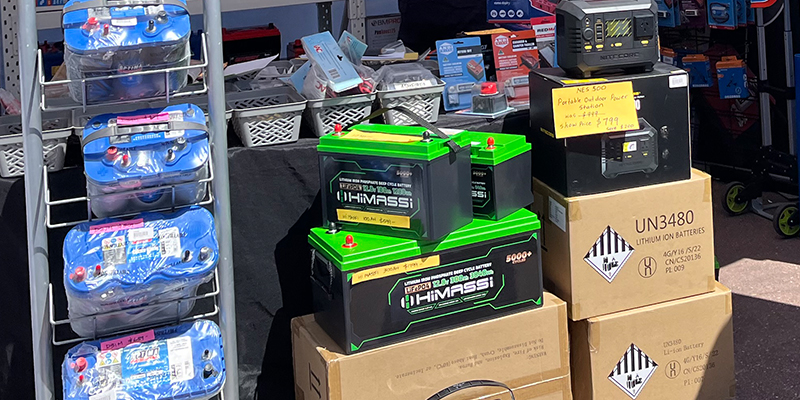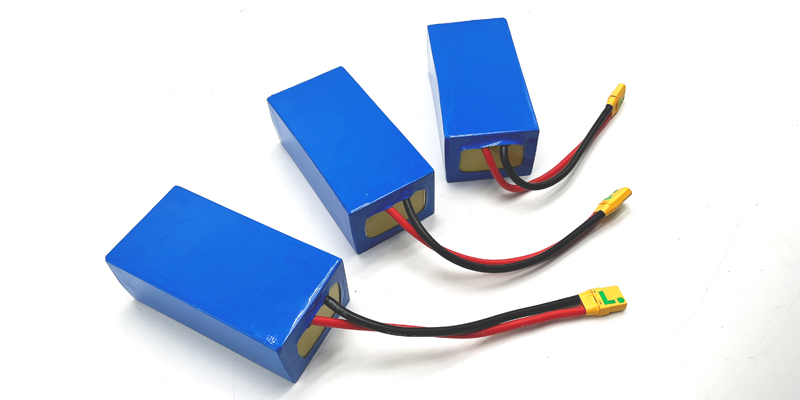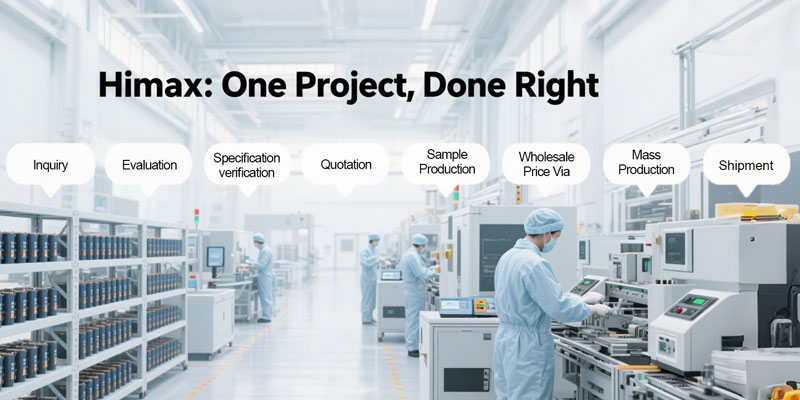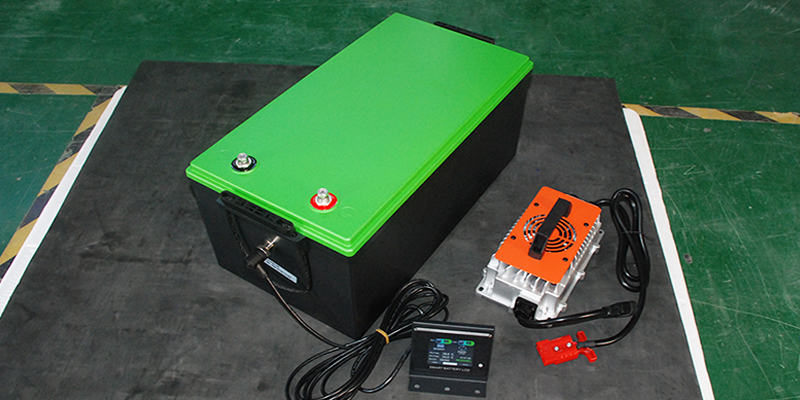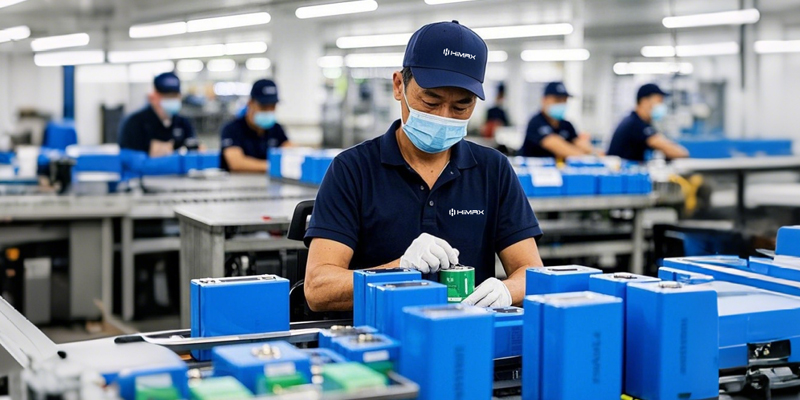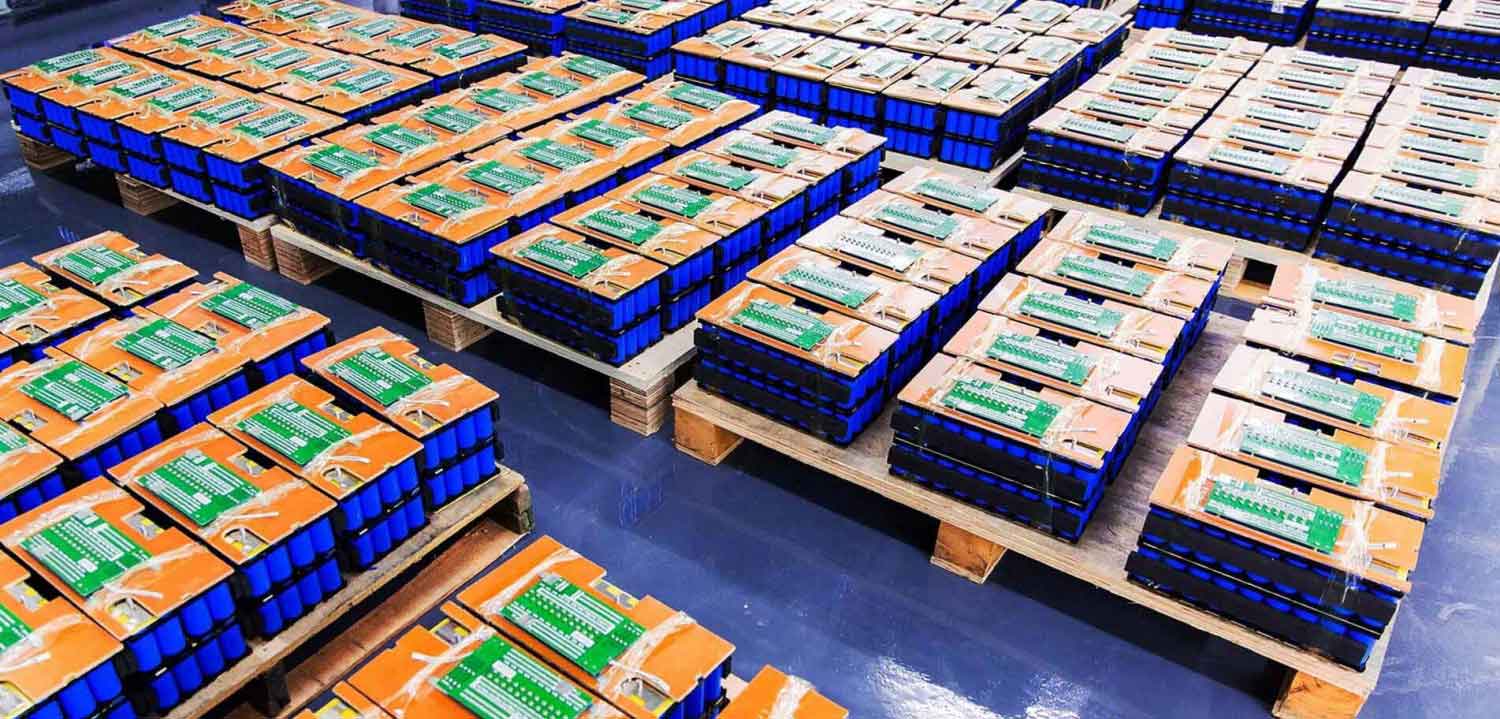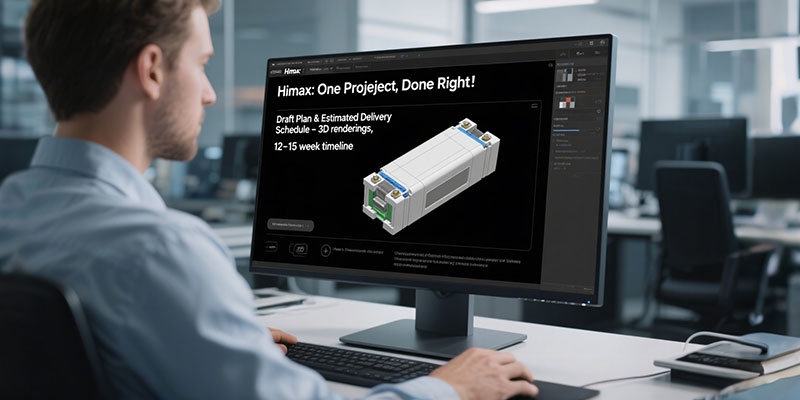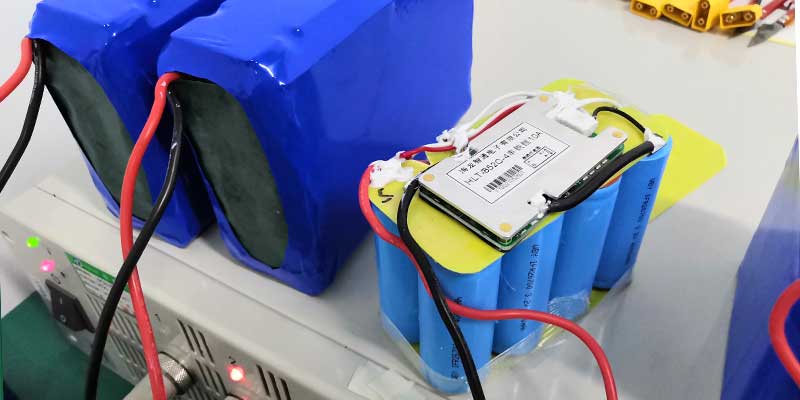Does this sound familiar? Your Bluetooth app shows 50% battery remaining—yet the device suddenly powers down.
At Himax Electronics, we know exactly how frustrating this feels. You’re using your device with confidence, trusting the battery reading, and then—without warning—it slows down or shuts off. It can be alarming, and it certainly disrupts your day. But the good news is: in most cases, the battery itself is perfectly fine. What’s actually happening is something we call SOC drift—a natural “memory deviation” inside the BMS over time.
Below, we explain why this happens and how a simple weekly full-charge routine can restore accuracy.

Why Does SOC Become Inaccurate?
SOC (State of Charge) is recorded and calculated by your battery’s BMS. A helpful way to think about it is like a high-end mechanical watch. Over time, tiny environmental influences—like magnetic fields—can slowly affect its accuracy. It’s still a great watch, but it needs to be reset occasionally. Your battery’s SOC estimation works the same way.
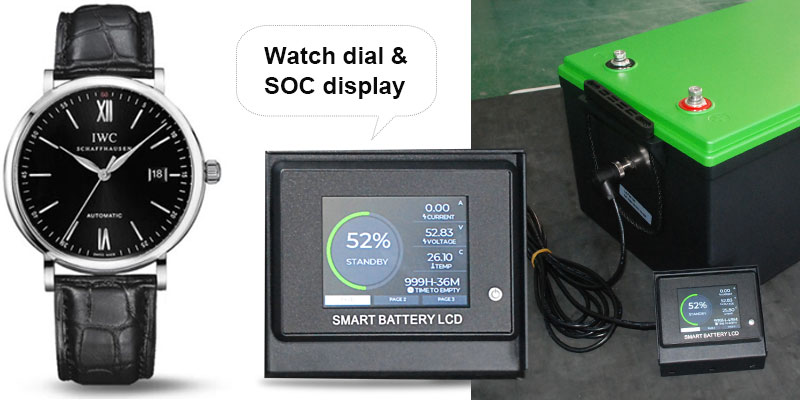
Inside LiFePO4 and NMC battery packs, the BMS constantly manages many parameters. SOC is only one of them, but it’s especially sensitive to long-term variations. The BMS uses voltage, current, temperature, Coulomb counting (ampere-hour integration), and sometimes Kalman filtering to estimate SOC. Under ideal conditions, this is accurate within about ±3%.
However, real-world conditions aren’t ideal. Daily use brings voltage swings, temperature changes, partial charges, and variable loads. These tiny variations build up over days or weeks, causing the displayed SOC to drift from the true value. That’s why your app can still show 40–60% even when the battery is actually close to empty.
The Simple Fix: Calibrate at Full Charge (Continuous charging until 100%).
Fortunately, recalibrating SOC is easy—you just need one full, uninterrupted charge cycle. Here’s the recommended method:
1.Fully discharge the battery.
2.Disconnect all loads and chargers so the pack is out of active use.
3.Let the battery rest for 2–4 hours to stabilize at its true open-circuit voltage (OCV).
4.Recharge using the correct LiFePO4/NMC CC–CV charger.
5.Charge straight to 100% in one continuous session.
6.After reaching 100%, continue charging for 1–2 additional hours to establish a precise full-charge baseline.
This process resets both the “empty” and “full” energy markers inside the BMS, clearing accumulated drift.
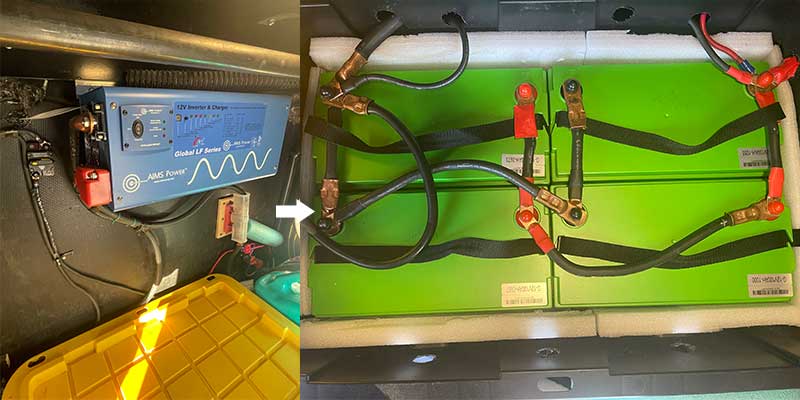
How Often Should You Calibrate?
Our engineering team’s testing shows that, with current BMS technology, SOC accuracy remains stable for about one week after calibration. Because Bluetooth-enabled batteries display SOC directly to users, weekly full charging is currently the most reliable way to maintain accurate readings.
→ We recommend performing one full, uninterrupted charge every week.
It’s simple, practical, and ensures you always know exactly how much power you have.
Why Accurate SOC Matters
Accurate SOC isn’t just a number on a screen—it directly affects your safety, your battery life, and your experience.
1. Protect Your Battery
Preventing deep discharge keeps the cells healthy and preserves long-term capacity.
2. Save Money and Avoid Damage
LiFePO4 batteries can last over a decade when used correctly. But frequent over-discharge accelerates aging, increases internal resistance, and in severe cases can cause swelling or internal short risks.
3. Avoid “Battery Anxiety”
Few things feel worse than expecting plenty of battery, only to be stranded with none. Whether you’re out on the water with a full catch or running critical equipment, accurate SOC prevents unpleasant surprises.
Looking Forward
Himax electronics truly understand how inconvenient SOC drift can be, and we’re not ignoring it. Our engineering team is actively developing more advanced SOC algorithms to reduce drift in future BMS designs.
Your feedback drives our improvements—thank you for your patience and trust. If you ever have questions, or if your battery still seems inaccurate after calibration, please reach out to us at sales@himaxelectronics.com or leave a message. We’re here to help, always.

